Fire by the Numbers: National Fire Protection Association’s 2021 Fire Loss Report
February 2, 2023
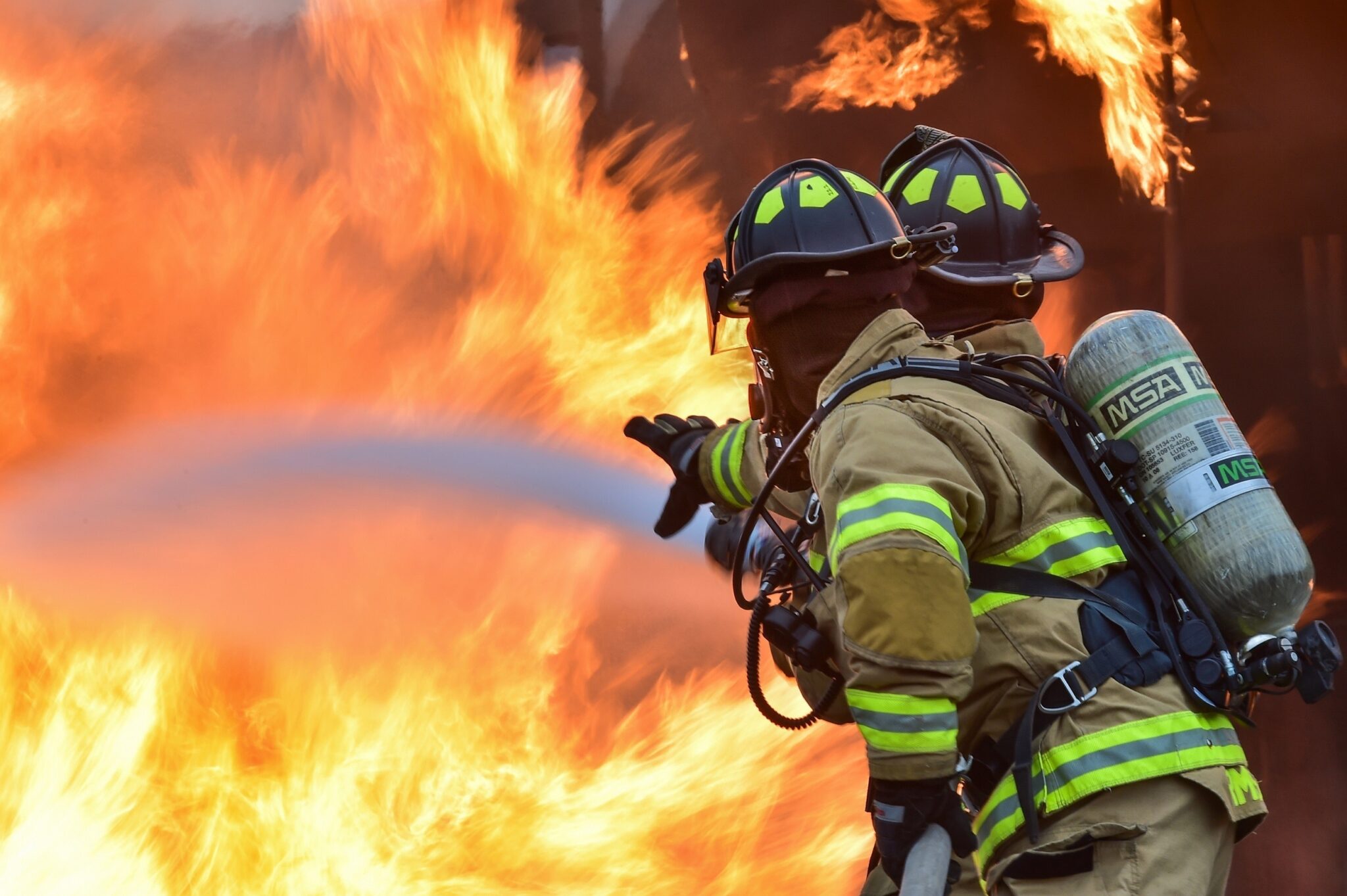 The most recent fire loss report…
The most recent fire loss report…
NFPA Celebrates 100 Years of Fire Prevention Week – Fire Won’t Wait. Plan Your Escape
October 11, 2022
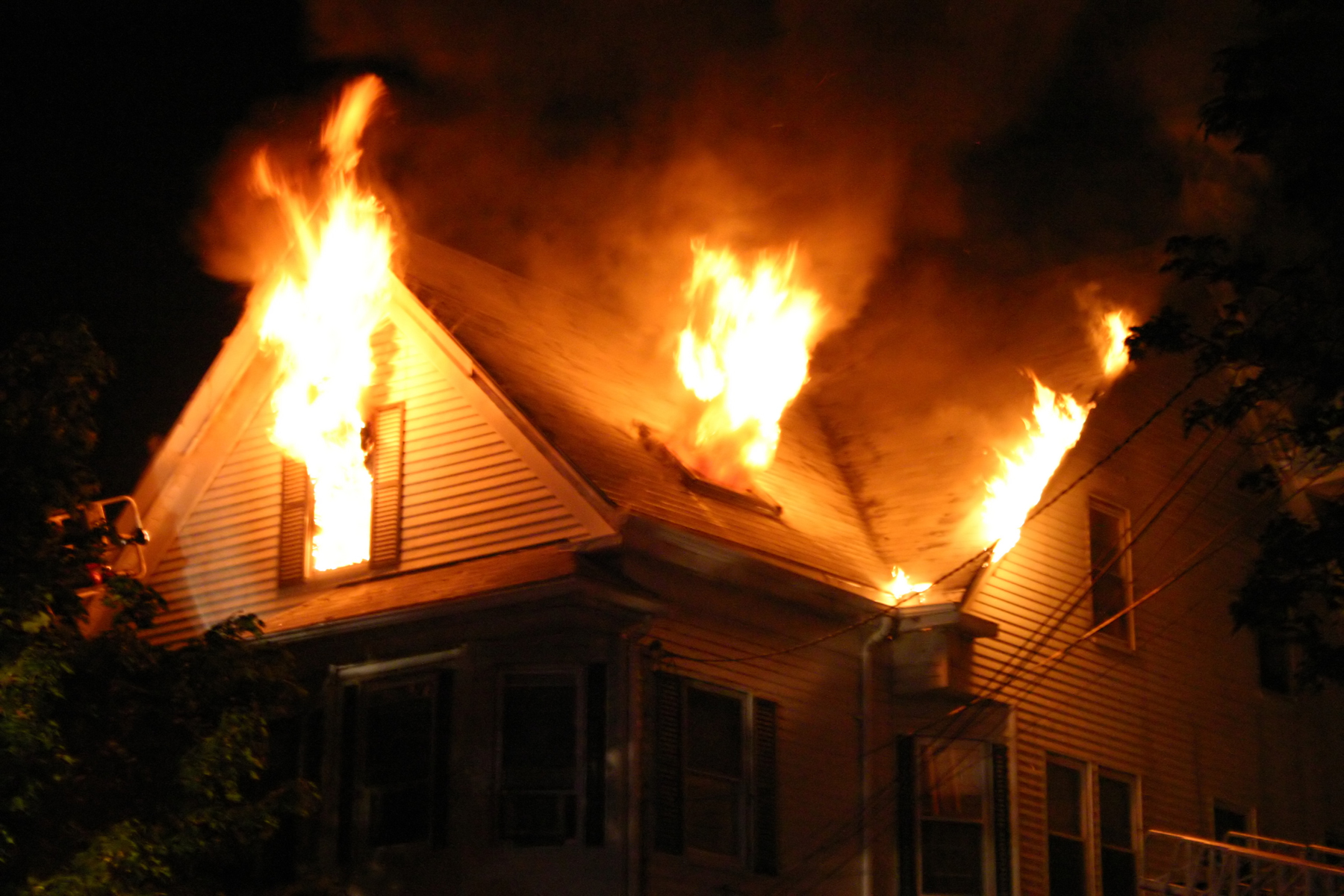 Have you heard of the Great Chicago Fire? It started on…
Have you heard of the Great Chicago Fire? It started on…
Fire Loss in the U.S. 2020 – A synopsis of the NFPA’s annual fire report
November 2, 2021
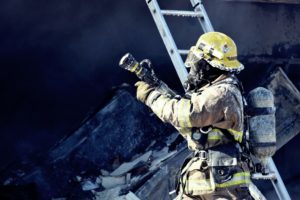 Each fall, the National Fire…
Each fall, the National Fire…
US Fire Departments Respond to a Fire Every 24 Seconds: What Else has the NFPA Found in the 2017 Fire Loss Report?
October 11, 2018
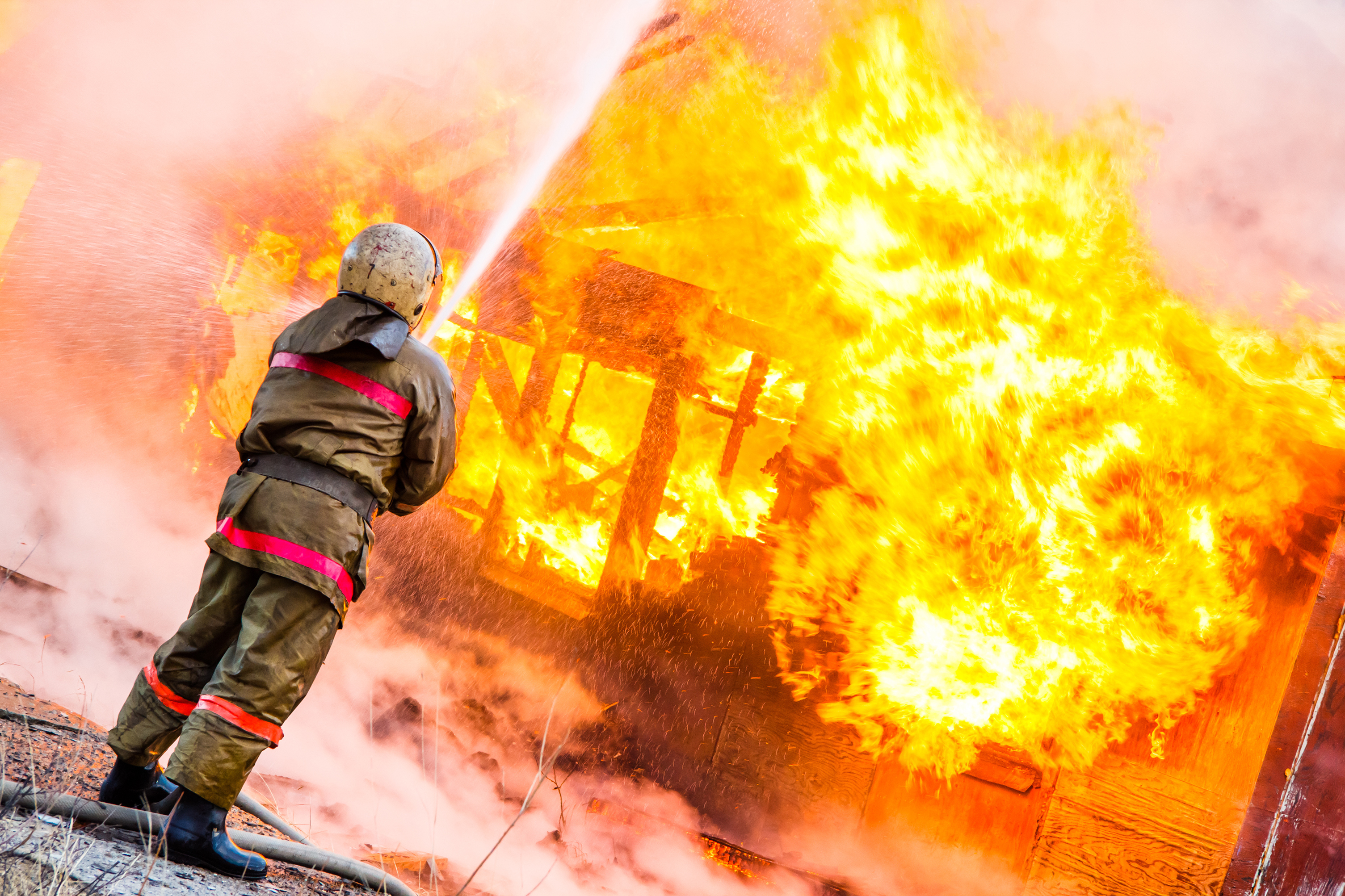 Every year, the NFPA conducts a fire experience survey…
Every year, the NFPA conducts a fire experience survey…
Hot and Cold – Ongoing Phase-Out of HFCs May Lead to the Use of Flammable Refrigerants
September 14, 2017
 It’s been nearly a year since the U.S. and more than 100…
It’s been nearly a year since the U.S. and more than 100…
Getting a Handle on Your Combustible Dust Exposure – Part 2
August 11, 2016
Last week, we reviewed the definition of combustible dust, the “Dust Explosion Pentagon”, and identified several historic dust explosions that have resulted in the tragic loss of many lives. This week, we’ll review applicable…
Getting a Handle on Your Combustible Dust Exposure – Part 1
August 4, 2016
 Any facility that handles combustible particulate solids,…
Any facility that handles combustible particulate solids,…
Don’t Lose Your Cool… High Volume Low Speed (HVLS) Fans and Sprinklers
November 19, 2015
In the late 1990’s, dairy farmers were looking for a way to reduce heat stress on their cows, but providing air conditioning in a barn was not economically feasible, and small box fans did not provide the coverage needed. The…
National Fire Protection Association Releases 2014 Fire Loss Information
November 5, 2015
 Fire departments across…
Fire departments across…
ESFR Obstructions…The Achilles Heel!
September 10, 2015
In a recent post, we discussed the history of sprinkler technology. This week, we’ll look at ESFR restrictions and obstructions. Because of the operating principles around which ESFR technology is based, any delay in sprinkler…


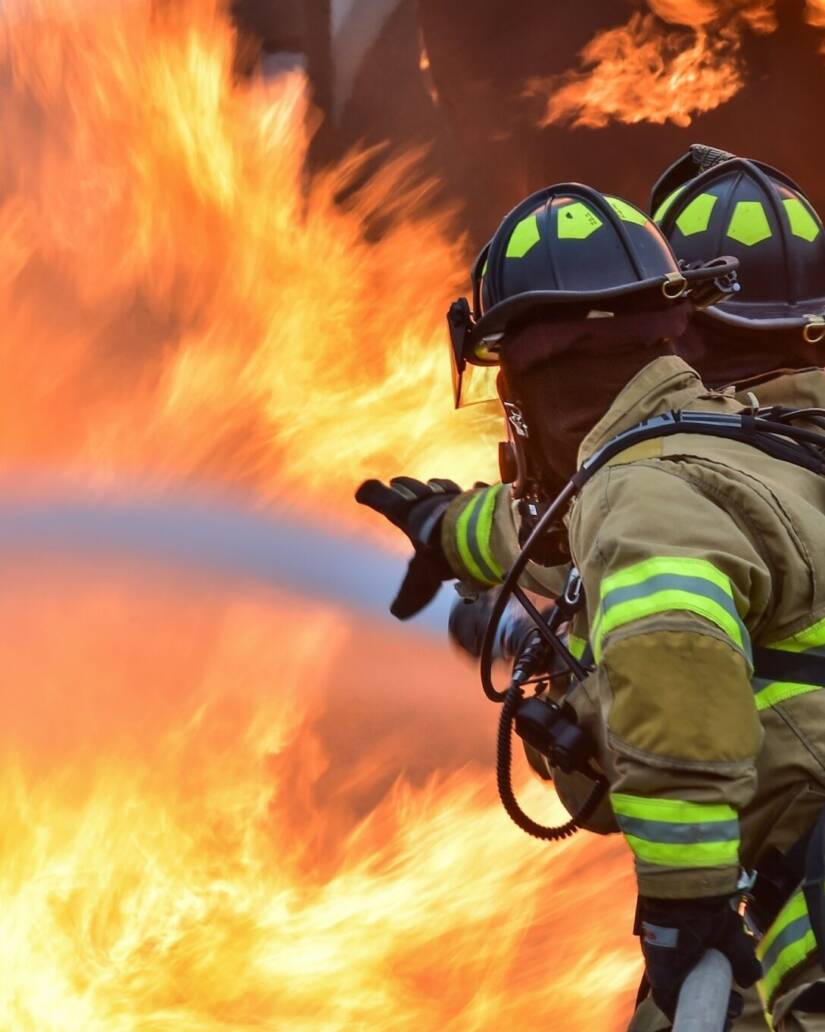
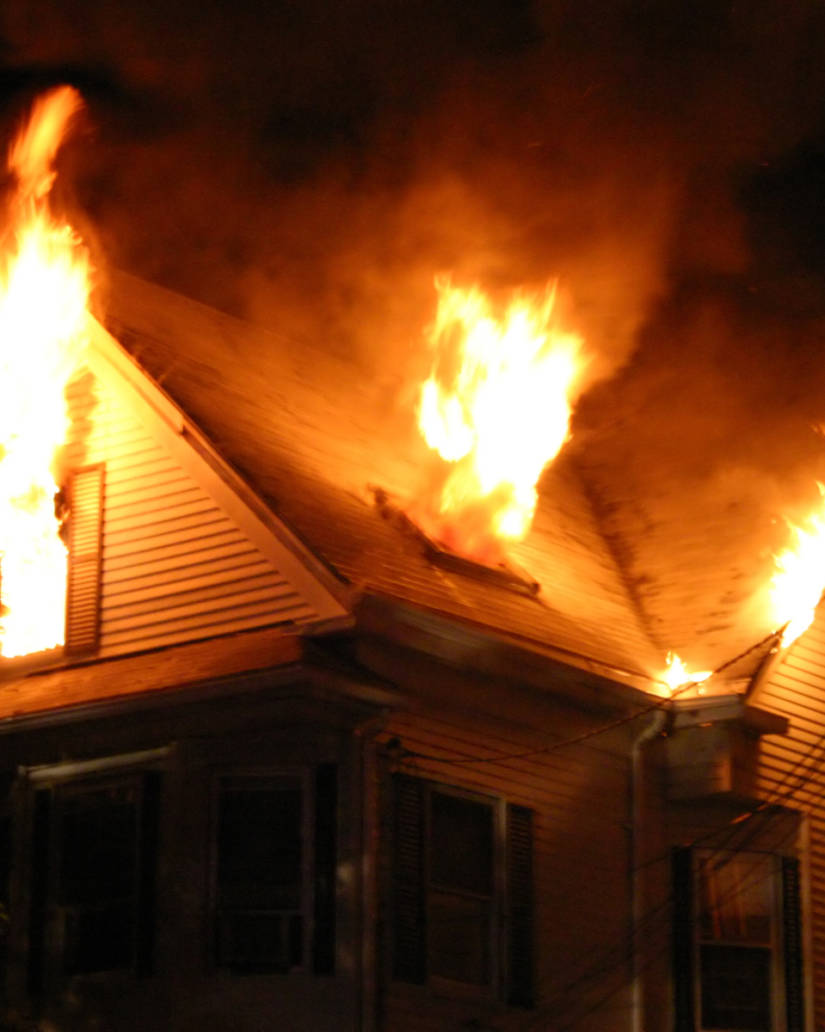
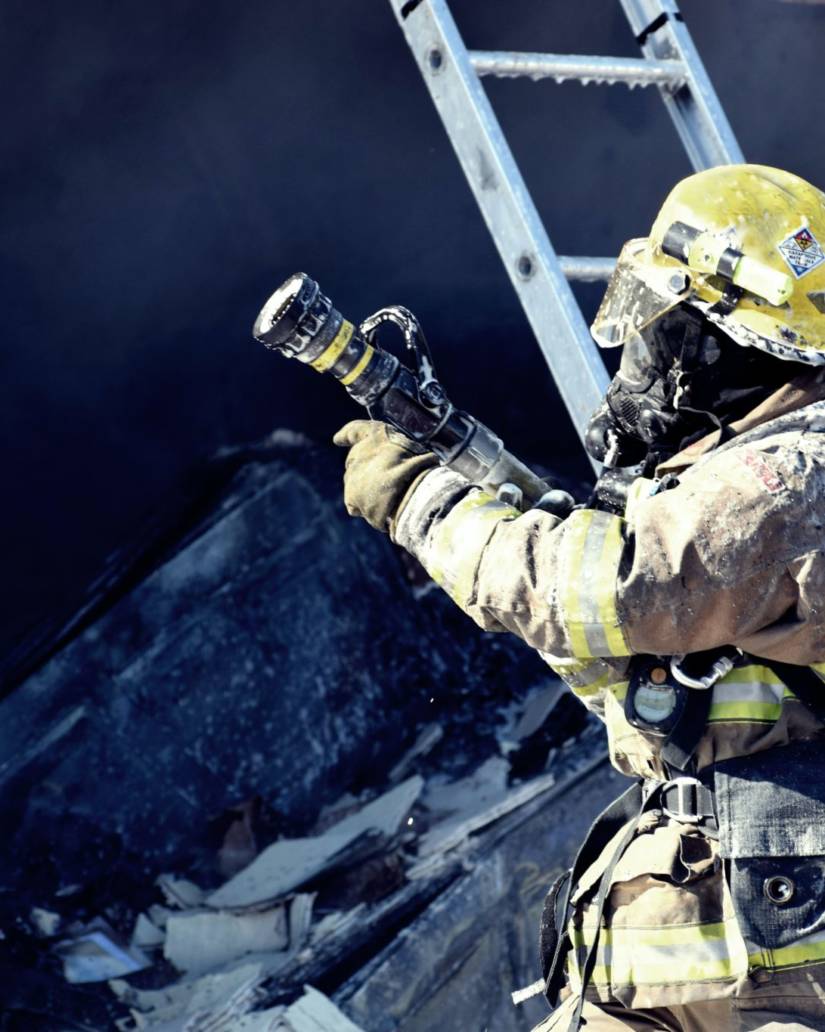
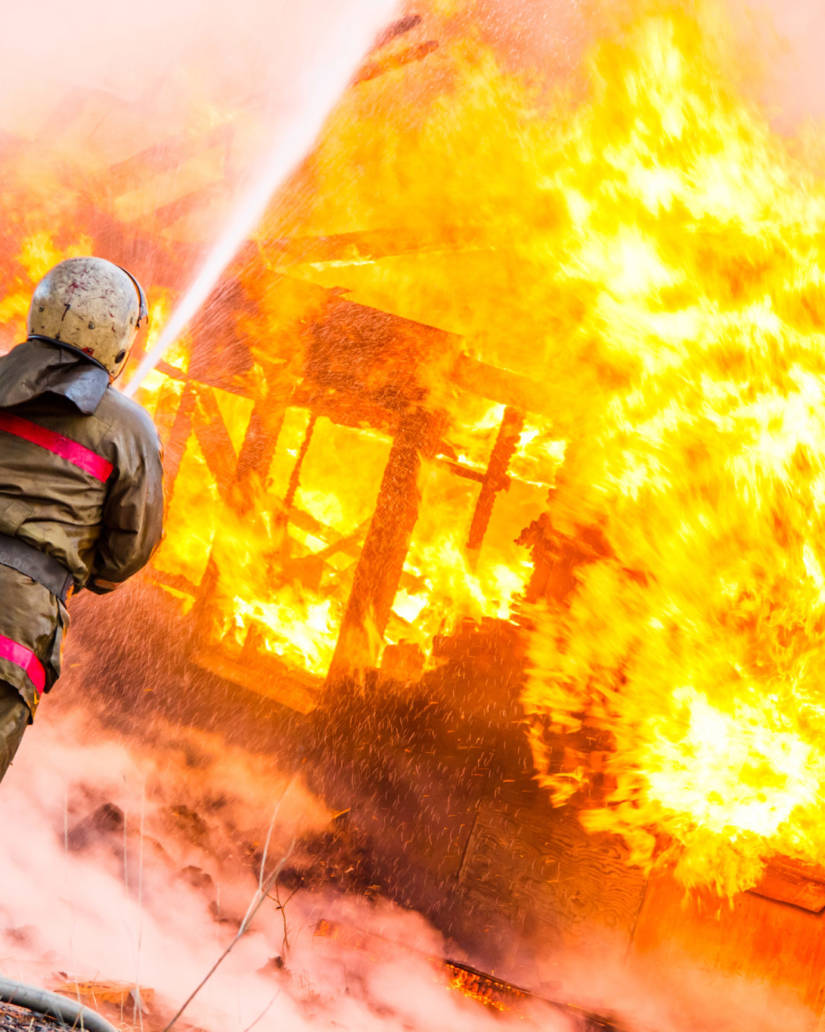
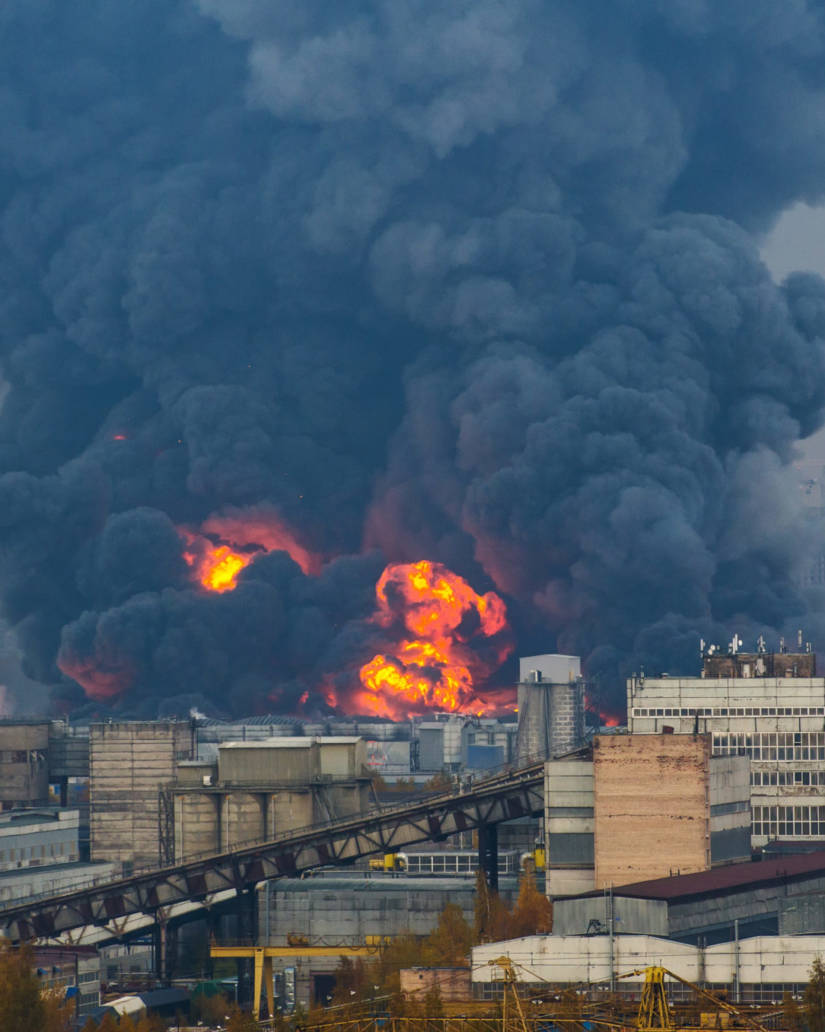
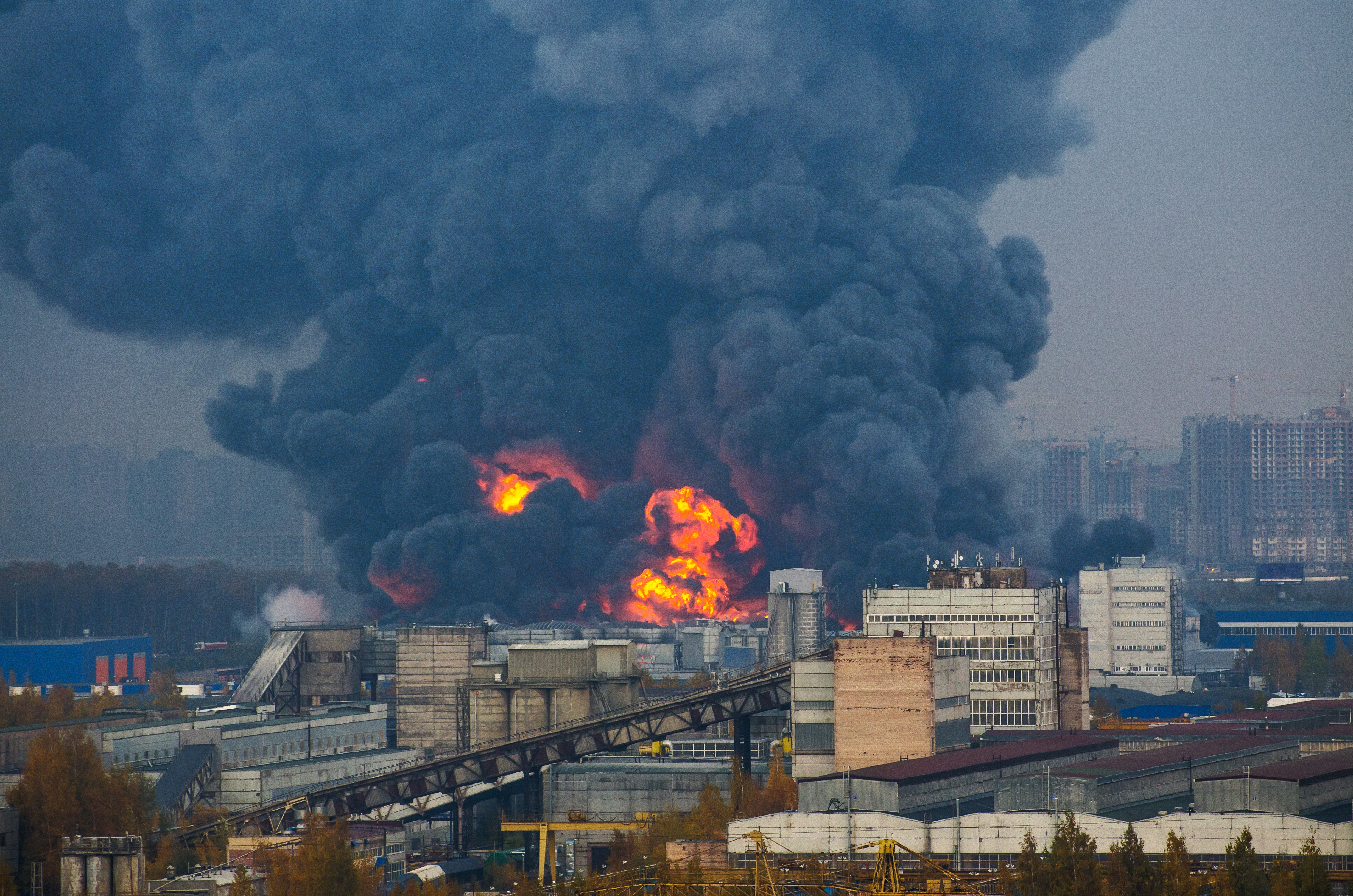 By Friday, October 13, more than…
By Friday, October 13, more than…
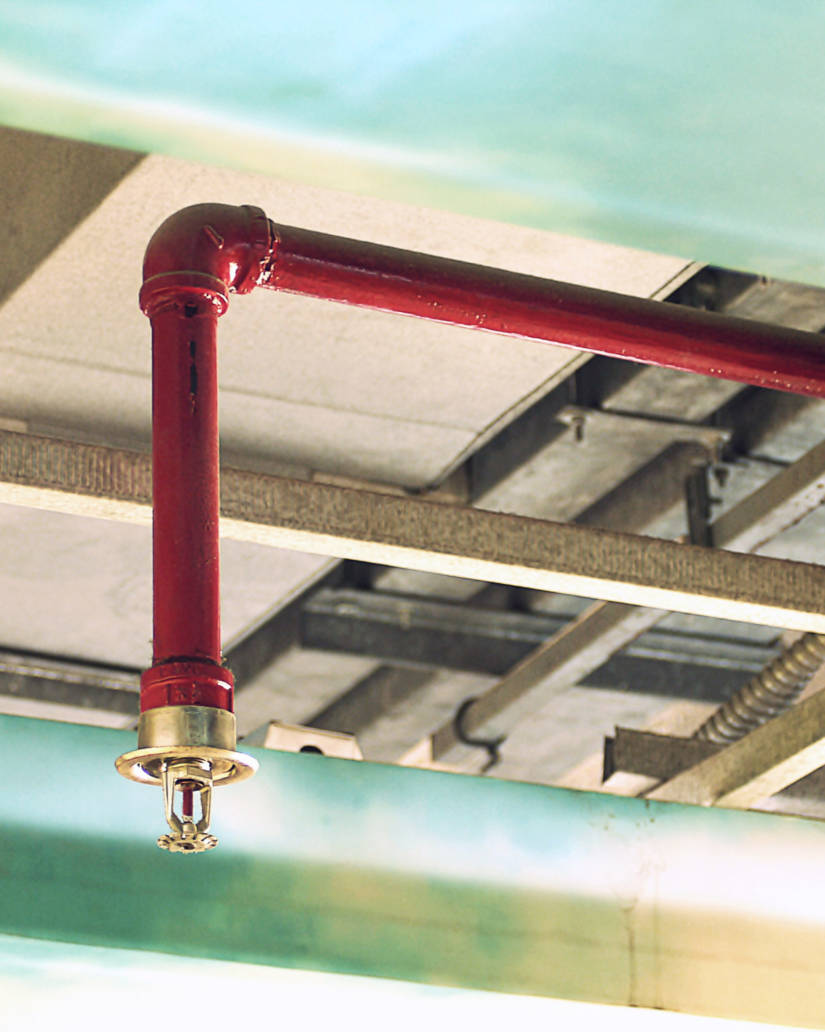
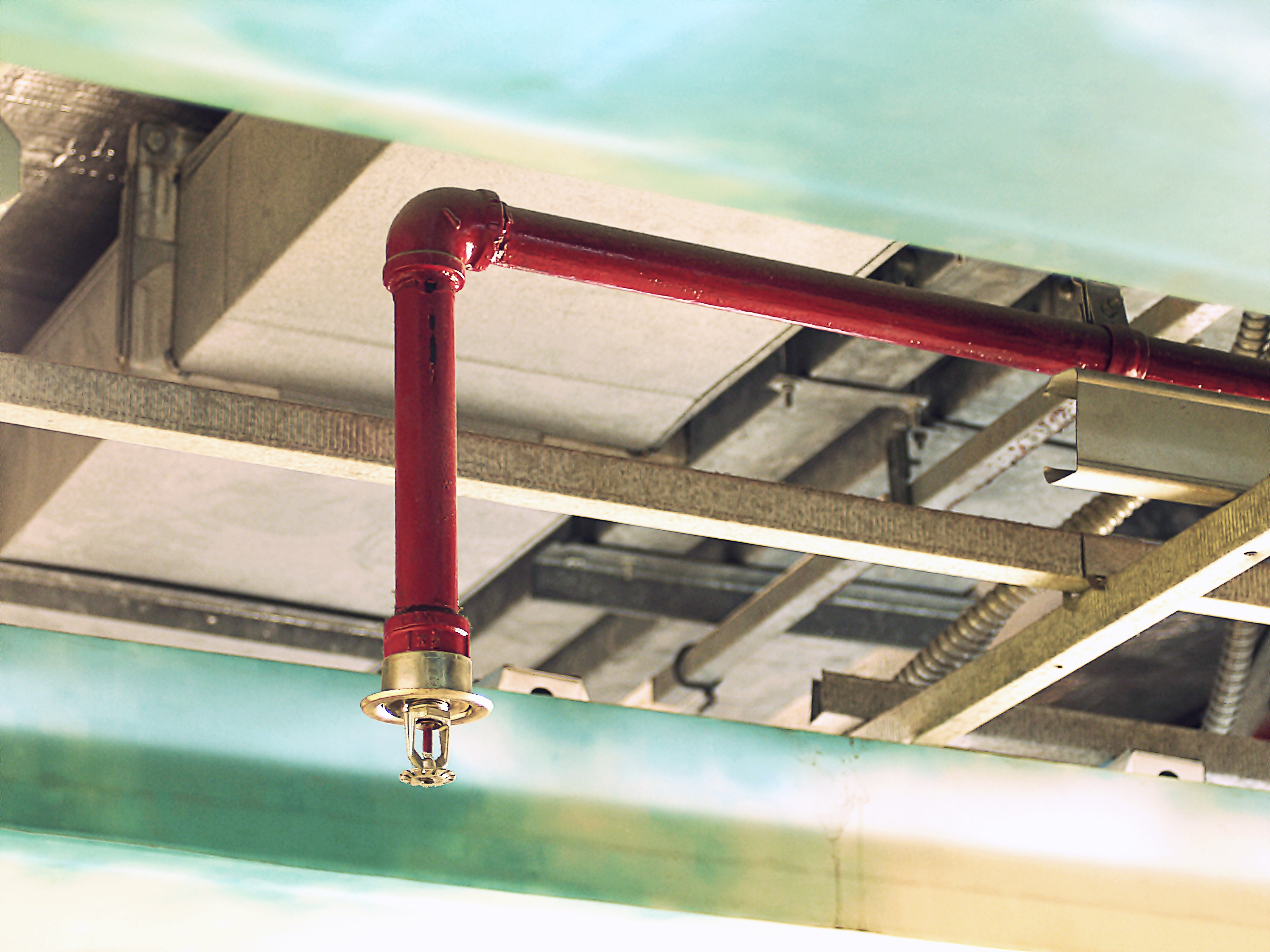 The general concept of a fire…
The general concept of a fire…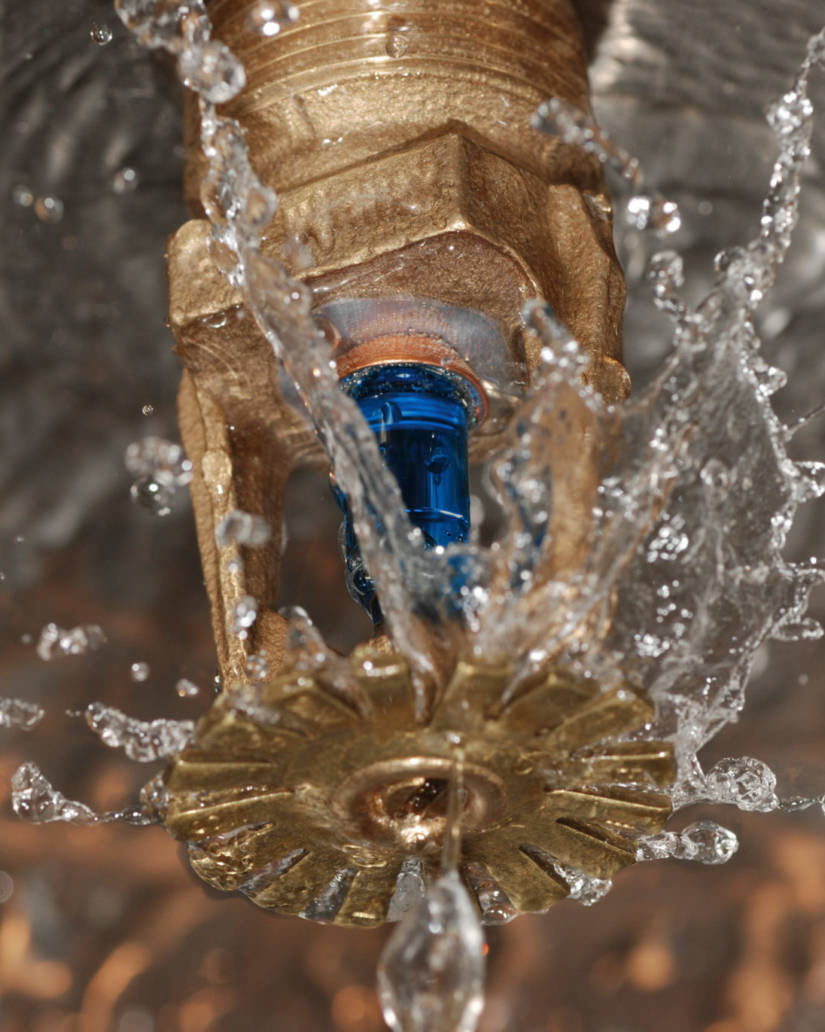
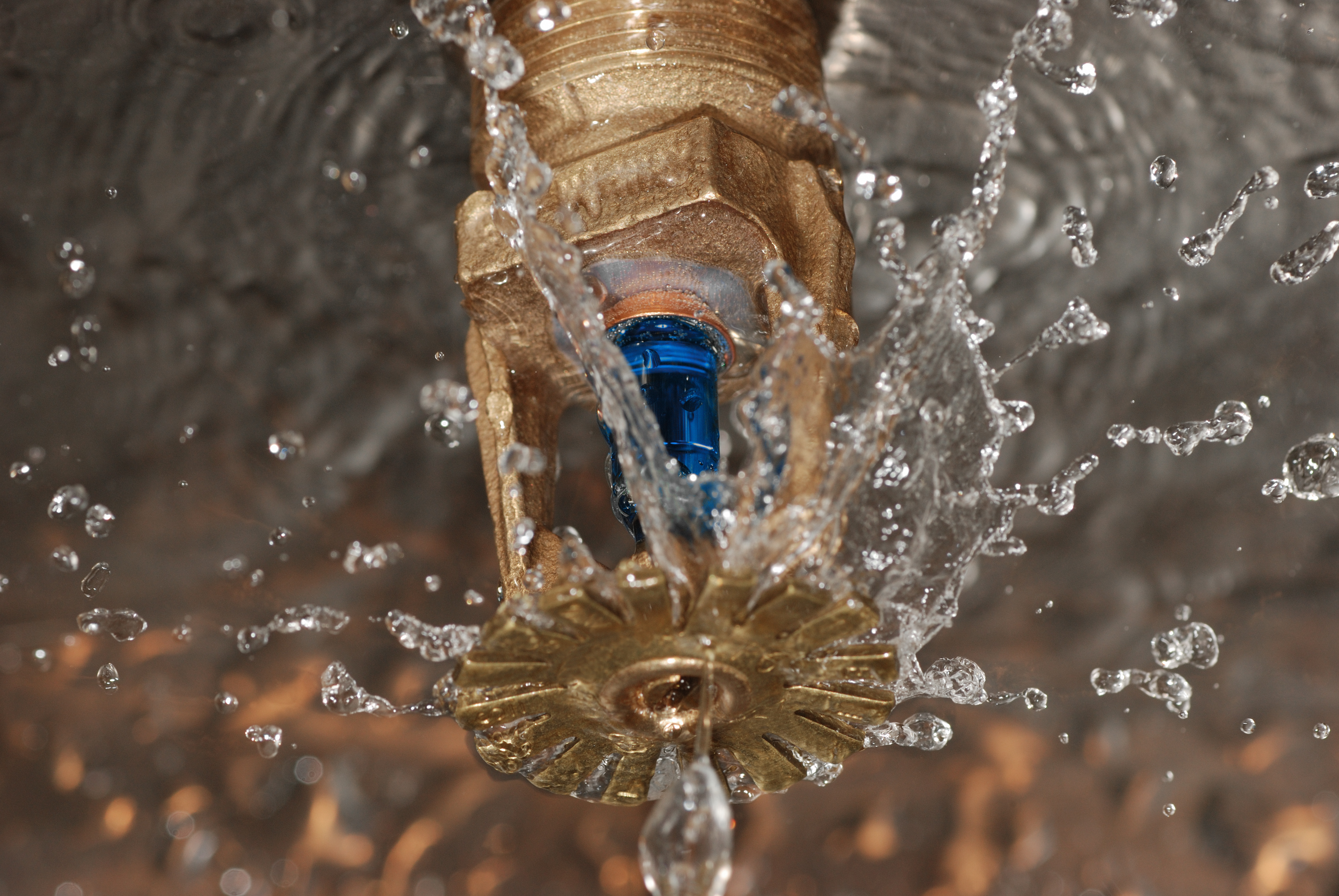 In the Part 1 of Choosing…
In the Part 1 of Choosing…
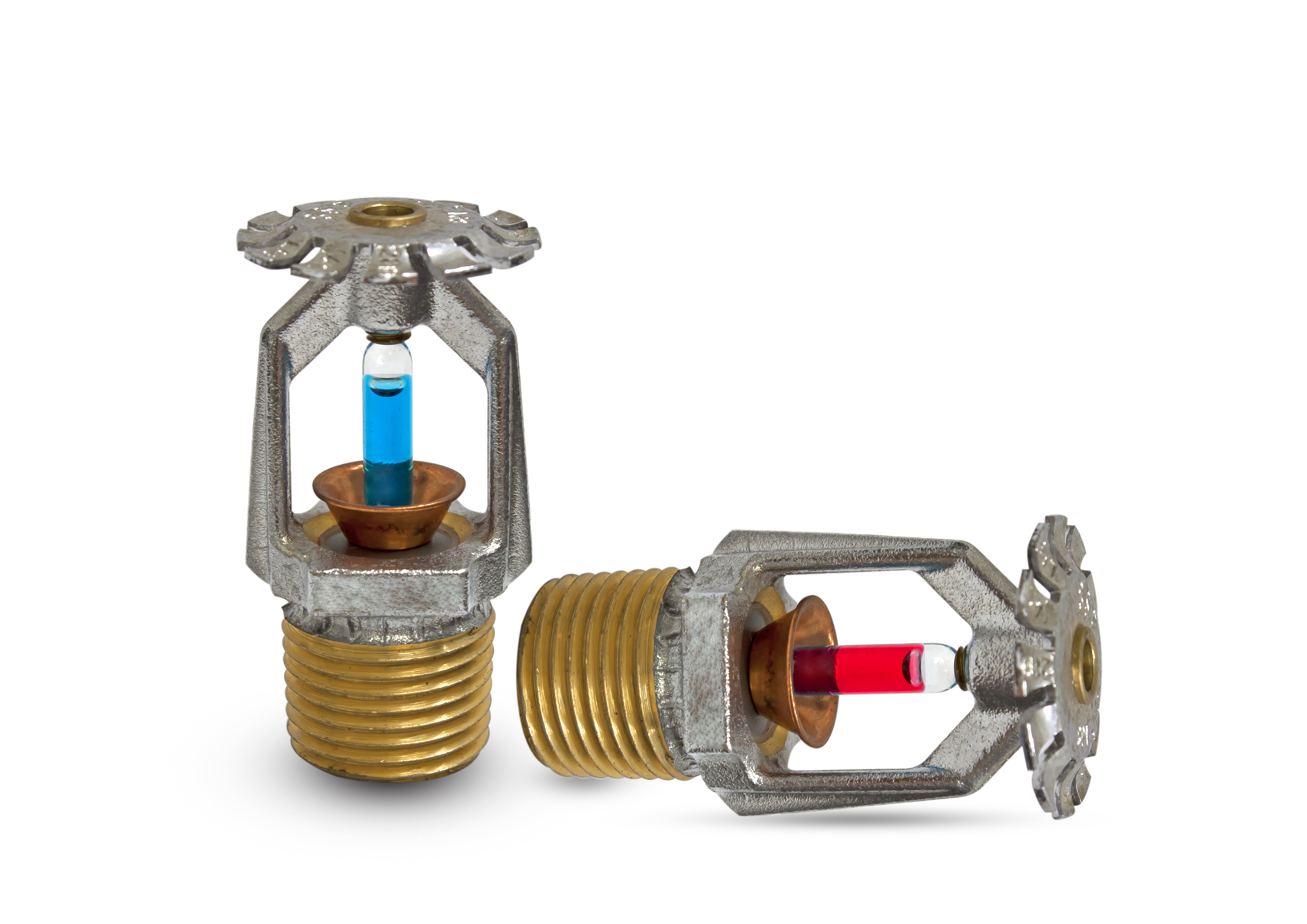 Choosing the right fire…
Choosing the right fire…


 One of the most common observations about the fire…
One of the most common observations about the fire…